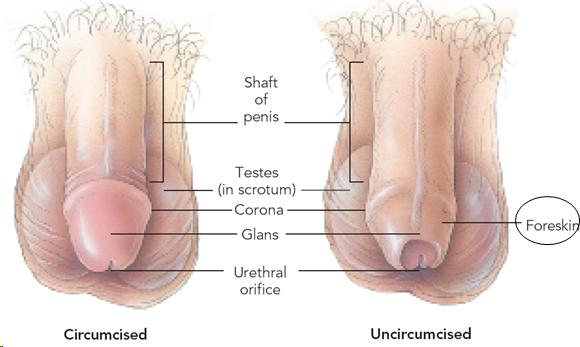Table of Contents
- Female & Male Sexual Anatomy Chapters 3 & 4
- Main Topics
- Embryonic-fetal Differentiation of the External Reproductive Organs
- Homologous Sexual Organs
- Male & Female Sex Organs: What Are They For?
- Female Sex Organs: External Structures
- Female Sex Organs: External Structures
- Female Sex Organs: External Structures
- External Female Genitalia With The Labia Drawn Apart (Vulva)
- Internal Female Sexual Structures
- Female Sex Organs: Internal Structures
- Female Sex Organs: Internal Structures
- Female Sex Organs: Internal Structures
- Male Sex Organs: External Structures
- Male Sex Organs: External Organs
- Male Sex Organs: External Organs
- Internal Side View of the Male Sex Organs
- Male Sex Organs: Internal Structures
- Male Sex Organs: Internal Structures
- Male Sex Organs: Internal Structures
- Male & Female Sex Organs: The Breasts
- Male & Female Sex Organs: The Breasts
- Male & Female Sex Organs: Anus
- Summary
Text and Images from Slide
Male Sex Organs: External Organs
- Foreskin or prepuce - Skin that covers the shaft of the penis
- Extends to cover the glans penis
- Circumcision
- American Academy of Pediatrics (2012)
- Smegma
15

